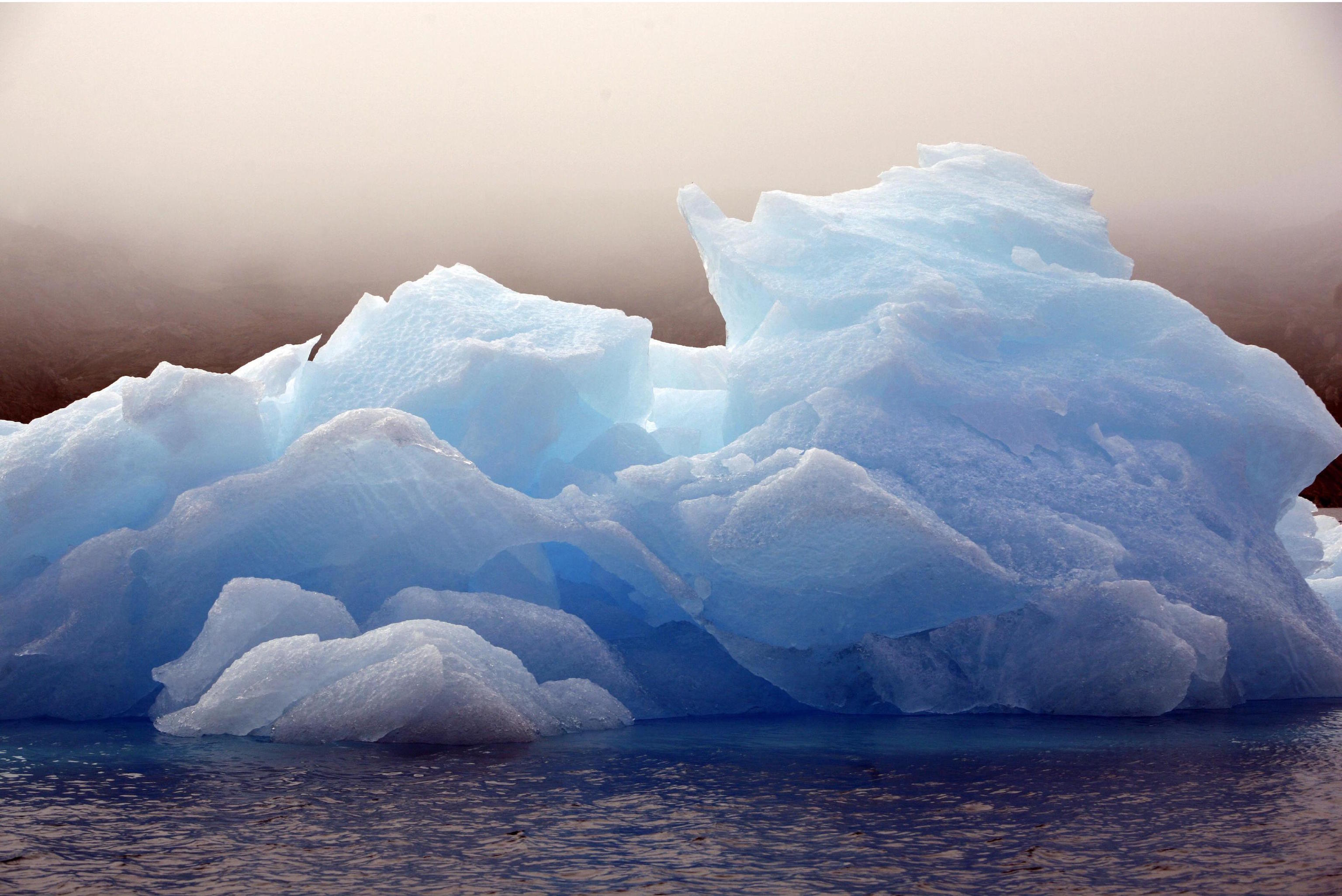The world's largest iceberg, which has been stuck in the shallow waters off South Georgia Island for months, is losing its edge, eroded by the waves and the past austral summer, reports Europa Press.
NASA's Aqua satellite's Moderate Resolution Imaging Spectroradiometer (MODIS) captured this image of the iceberg, named A-23A, on May 3, 2025. The massive iceberg was less than 100 kilometers from South Georgia, which is part of a remote archipelago in the South Atlantic Ocean, located northeast of the Antarctic Peninsula and quite east of the southern tip of South America.
It is highly likely that the bottom part of the iceberg is resting on a shallow underwater platform around South Georgia, known for snagging several Antarctic icebergs drifting northward towards warmer waters of the South Atlantic. Satellite images show that the iceberg has remained stationary since at least early March 2025, as reported by NASA.
LOSES AN AREA THE SIZE OF TWO WASHINGTON DCs IN TWO MONTHS
Although its position remained virtually unchanged, the surface area of the iceberg has significantly decreased in just two months. According to data on icebergs from the U.S. National Ice Center (USNIC), A-23A lost over 360 square kilometers between March 6 and May 3, an area approximately twice the size of Washington DC.
Thousands of iceberg fragments are scattered on the ocean's surface near the main iceberg, creating a scene reminiscent of a dark, starry night. Although these fragments appear small in the image, many measure at least one kilometer in diameter and could pose a risk to ships. One fragment, A-23C, was large enough for USNIC to name it after breaking off from the southern side of A-23A in mid-April.
This iceberg detachment has occurred to some extent along the A-23A's path, even as it turned in the Drake Passage in 2024. However, there are indications that the iceberg is becoming increasingly fragile. Note the strip of icy remnants along its northern side, which are the remnants of a sudden "edge wear," partly caused by several days of warm and sunny weather. At nearly 55 degrees south latitude, the iceberg is far from the colder waters of Antarctica that contributed to its preservation since breaking off from the Filchner Ice Shelf in 1986.
Edge wear is one of the three types of iceberg detachment observed by scientists through satellite images. It occurs when small pieces of ice break off from numerous points along the edge of an iceberg, reducing its area while maintaining its overall shape. Icebergs can also fracture into several large fragments or completely disintegrate. Whatever path A-23A follows, the fate of this iceberg is virtually uncertain.
Over 90% of Antarctica's icebergs follow a similar route: they enter the Weddell Gyre current, which flows clockwise, off East Antarctica, head north along the Antarctic Peninsula, and cross the Drake Passage into the warmer waters of the South Atlantic. All of them eventually melt away.
